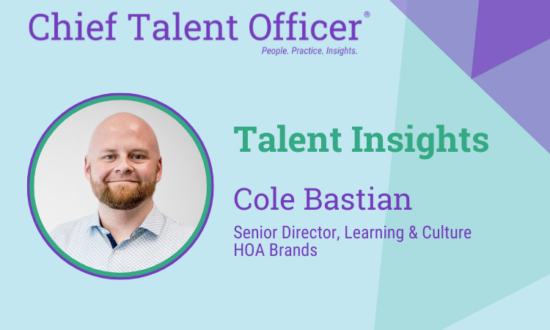Radnor, Pa. — Feb. 20
Most U.S. companies do not have an adequate pool of internal candidates to replace employees slated to be promoted to the next management level, including the most senior executives, according to Salveson Stetson Group, a full-service retained executive search firm.
“The majority of companies have failed to establish a succession program that addresses the shortfall they have of candidates for key positions in the company,” said Sally Stetson, co-founder and principal with Salveson Stetson Group. “They do not have enough successors for their top management levels nor for the next levels down.”
Adding to the problem is the impending retirement of baby boomer employees — more than 7,900 of the nation’s 78 million baby boomers (those born between 1946 and 1965) started turning 60 in 2006.
This will continue through 2031, when the last of the baby boomers will turn 66, the Social Security retirement age.
“What we have today is a bit of a perfect storm scenario,” said John Touey, principal with Salveson Stetson Group. “Many companies cut back on their succession planning and high-potential development programs in the early part of this decade due to economic conditions and are only just now starting to catch up.
“Add to that the underlying population trends, and there simply isn’t enough current talent supply to meet future demand.”
Among the steps Salveson Stetson Group recommends to address the succession problem:
- Conduct a “Succession Audit”
- “It is essential for companies to maintain an accurate account of current succession readiness by conducting a ‘succession audit,’” Stetson said. “This audit should include an in-depth review of the current succession planning model, identify talent gaps for critical company roles and define the core talents, competencies and experiences needed to qualify for each position.”
- Aggressively Develop Talent Within the Organization
- “After confirming a solid succession planning program, companies need to do a much better job of preparing their current employees for higher-level positions,” Touey said. “Businesses need to identify and develop the employees who have the qualities they desire in senior-level managers. This strategy may include putting high potentials in developmental assignments, mentoring by more senior executives and outside coaching on management and leadership skills.”
- Accept Your Next Generation of Leaders Might Not be Working for You Today
- “Companies must develop their knowledge of the talent that exists within their industries or within the functional areas where they have significant internal gaps,” Touey said. “Getting to know the high-potential external talent in these areas before you need them will be a competitive advantage with more and more businesses going outside to fulfill their succession planning needs. As a result, organizations that proactively build succession pools, which include both inside and outside talent will be successful in the long run.”
- Align the Succession Plan with Overall Company Goals
- “The final step should be to make sure the succession plan reflects not only current, but future skills required to run the company,” Stetson said. “What makes for a good CFO for your company today may be quite different three years from now. Periodic review and revision of the plan is an absolute requirement of a successful process.”














